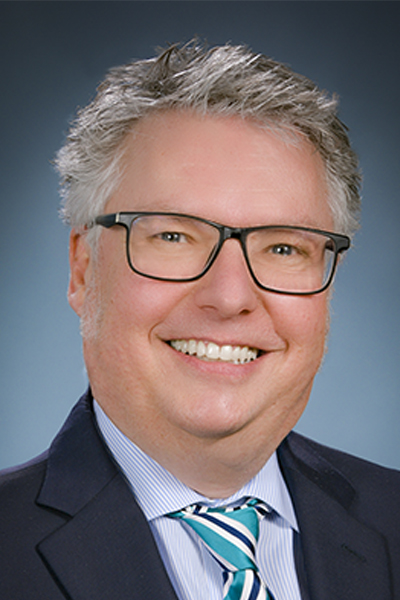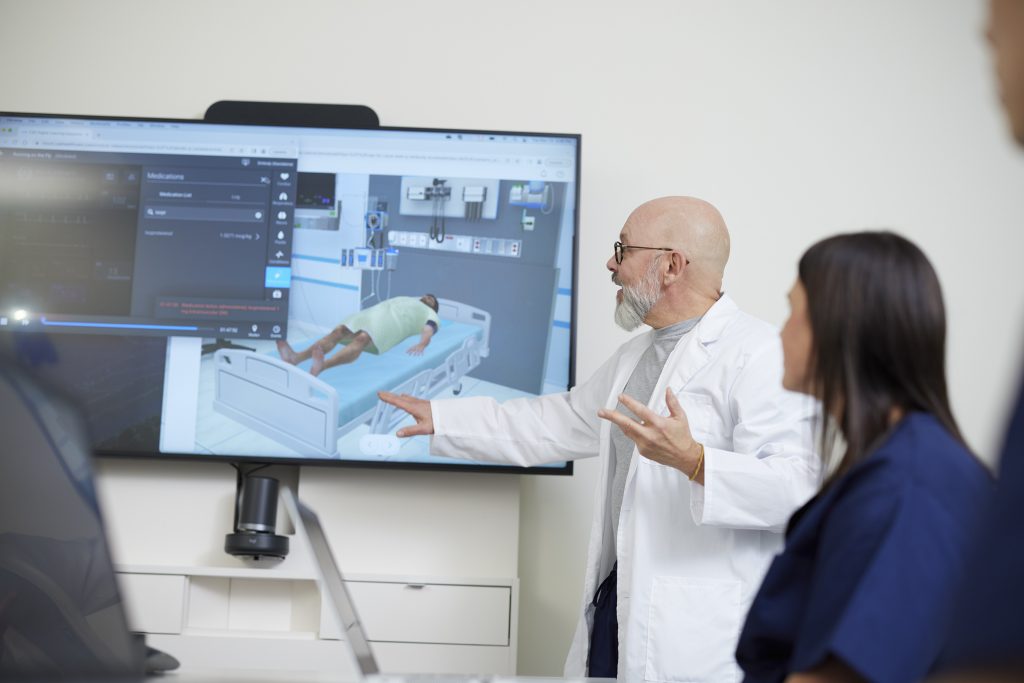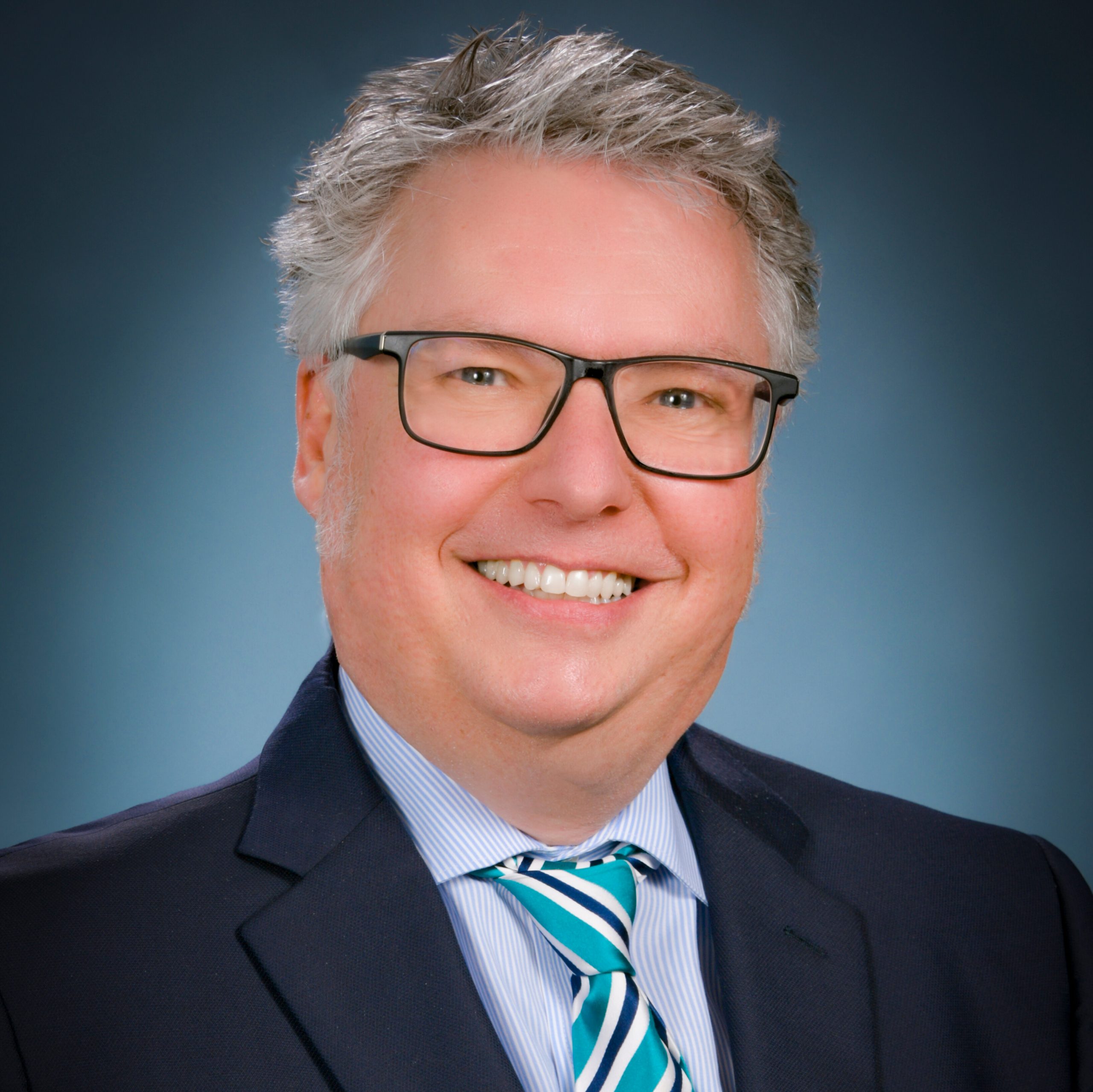Stefan Mönk, Chief Medical Officer at CAE Healthcare, talks about how modeled physiology accurately simulates patient vital signs, making teaching more efficient by relieving instructors of constant monitoring and allowing them to engage more with learners.

Stefan Mönk
Dr. Stefan Monk is an anesthesiologist, emergency medicine specialist, educator and director who began his career with CAE Healthcare in 2010. In his role as Chief Medical Officer, Stefan collaborates with global authorities, key opinion leaders (KOLs) and subject matter experts (SMEs) to build and manage strategic relationships with stakeholders in healthcare, while spreading awareness of the CAE mission to make healthcare safer.
Stefan is a member of the German Anaesthesia Society, the European Anaesthesia Society, the Society in Europe for Simulation Applied to Medicine (SESAM), of which he is a former president, and the Society for Simulation in Healthcare (SSH).
Advertorial
Algorithms are a set of mathematical instructions used to either solve a problem or perform a task.
And while algorithms can seem boring and are often associated with math enthusiasts or data aficionados, a significant portion of our daily experiences is more enjoyable thanks to algorithms.
Do you enjoy streaming videos? Chances are, your service provider employs algorithms to help you discover content you’ll like, and additional algorithms ensure smooth streaming.
Or perhaps you use a navigation system to find your way around? For most people, it’s a resounding yes, as finding your way with a paper map, if you can even find one, is hardly more fun.
The real value of having algorithms in place lies in their ability to relieve you of mundane tasks, allowing you to concentrate on more meaningful endeavors. In the context of navigation, it’s about savoring the journey and the scenery, rather than fretting over when to make the next left turn.
Let’s delve deeper. A navigation system’s algorithm doesn’t just take the burden of figuring out how to get from point A to B; it can also adapt your route based on changes in your surroundings and your driving decisions. So, when you decide to make that left turn ahead of its suggestion, it’s already recalibrating your next move based on your choice.
In essence, algorithms are valuable because they enable us to focus on what truly matters to us. While you may not be interested in the inner workings, all you need to know is how to reach your destination. To ensure a positive user experience, it’s crucial to have a user-friendly algorithm that efficiently accomplishes its task, delivers the desired results, and spares you from delving into complex technical details, such as intricate mathematics or internal workings.

A similar correlation can be drawn to the value of modeled physiology in medical simulation. Accurately simulating a patient’s vital signs based on real-world behavior can be a matter of life or death.
This is where challenges arise.
Consider a condition like pregnancy, which exhibits a distinct pattern of vital signs and responses to interventions. Pregnancy unfolds in stages, with each stage manifesting uniquely in different individuals. Some of the physiological changes during pregnancy include intravascular volume, extravascular volume, cardiac contractility, oxygen consumption, CO2 setpoint, and shunt fraction, among others.
Each stage and condition evolves distinctly, with varying rates of change over time.
Who would understand these patterns, say, between months 3 and 8? This is relevant because ventilation management and volume control differ between these two periods. Similarly, responses to apnea and bleeding vary. Now, envision an intervention like inducing general anesthesia (which involves apnea) in the presence of bleeding. Moreover, different drug effects are contingent on changes in cardiac output and distribution volume.
Allow me to pause here, as the message becomes clearer: in a dynamically changing physiological context, coupled with complications and interventions, as an instructor in a simulation center, predicting and controlling the real-time development of vital signs can become increasingly challenging.
At CAE Healthcare, modeled physiology is provided to support learners in their educational journey. By eliminating the need for manual replication of real-world physiological responses, modeled physiology grants instructors the freedom to focus on observing and engaging with learners, identifying behavioral patterns, and preparing for debriefing sessions. In simpler terms, teaching becomes demanding when the constant monitoring of vital signs consumes our attention.
Just as algorithms are to navigation, the model of physiology is to medical simulation. When the model of physiology is readily accessible, it enhances the user experience, delivers precise vital signs, and promotes effective teaching.

READ ALSO







































